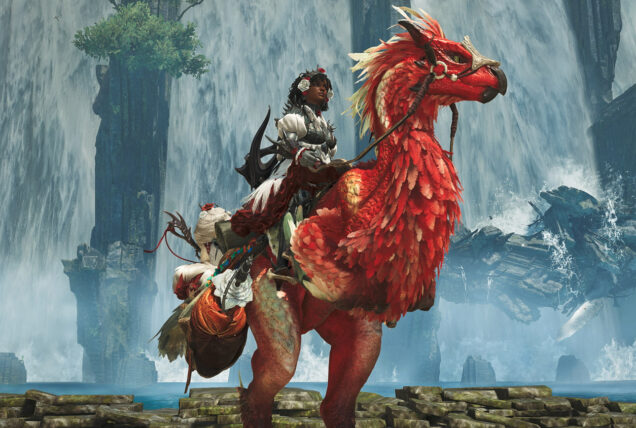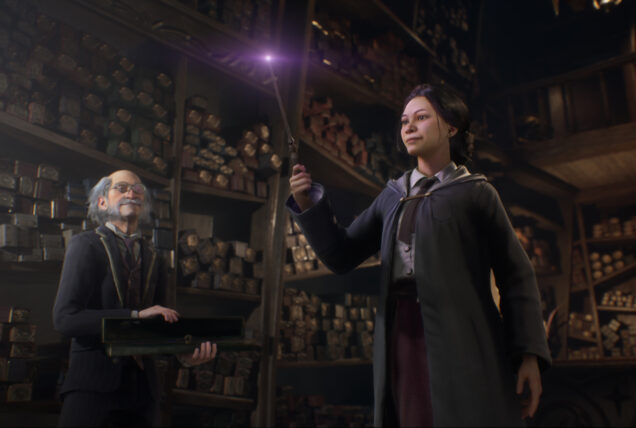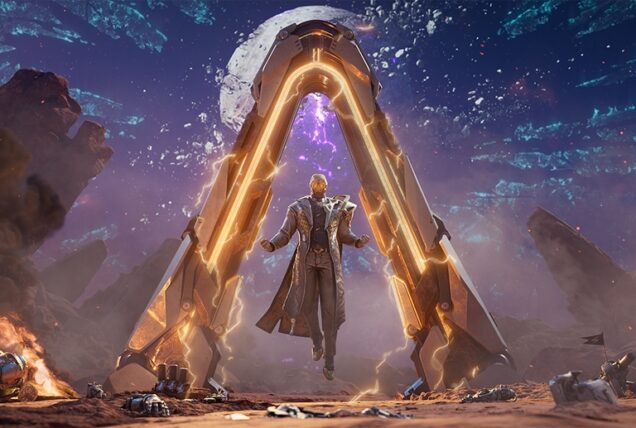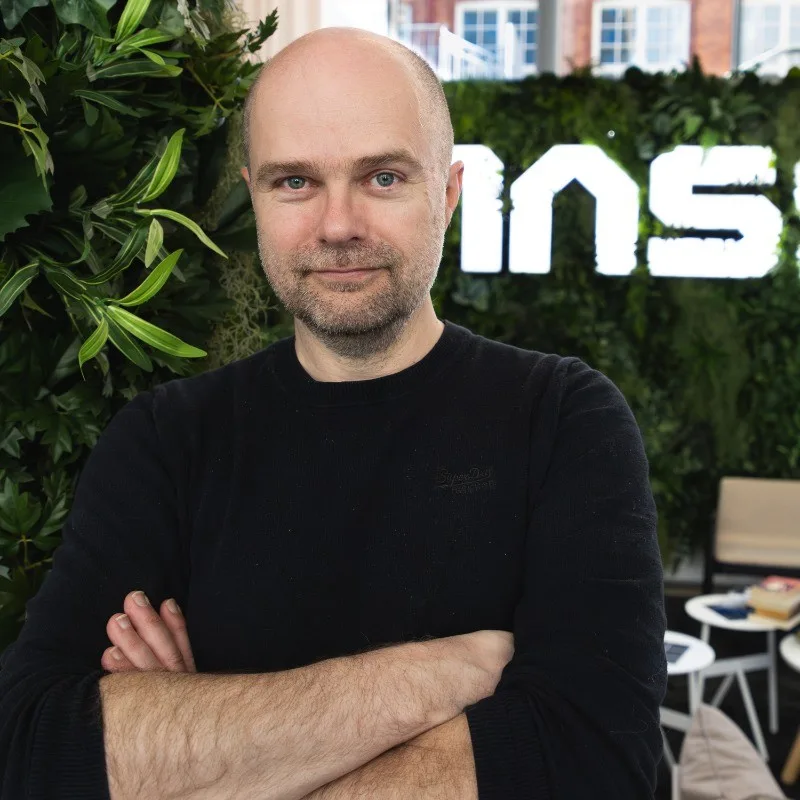
Pierre Escaich has been with Ubisoft for 26 years, bringing a wealth of experience in the video game industry. As a father of neuroatypical children, he has seen firsthand the powerful connection between neurodiversity and creativity. In 2021, Pierre founded an Employee Resource Group focused on neurodiversity, which now brings together over 600 employees across 20 countries to provide peer support and raise awareness.
In his current role as Accessibility Program Director on Ubisoft’s Diversity & Inclusion Team, Pierre oversees Ubisoft’s Neurodiversity Talent Program, dedicated to empowering neurodiverse employees and equipping them with the support they need to thrive in their careers.
You’ve worked in the video game industry for over 25 years. What originally drew you to video games, and how did that passion evolve into advocating for neurodiversity within Ubisoft?
My first ever video game experience dates back to the late ‘70s with Space Invaders. Since then, I’ve been cultivating my taste for games—first by joining Ubisoft, and now by playing even more with my children. Both of my kids have been diagnosed with ADHD and dyslexia, and in supporting them, I came to realize I have ADHD too. This journey introduced me to the topic of neurodiversity, helping me better understand my own strengths and challenges. When you look at the strengths of neurodivergent individuals, they fit well with the talents and skills needed to develop games, like outside-the-box thinking, hyperfocus, creativity, and more.
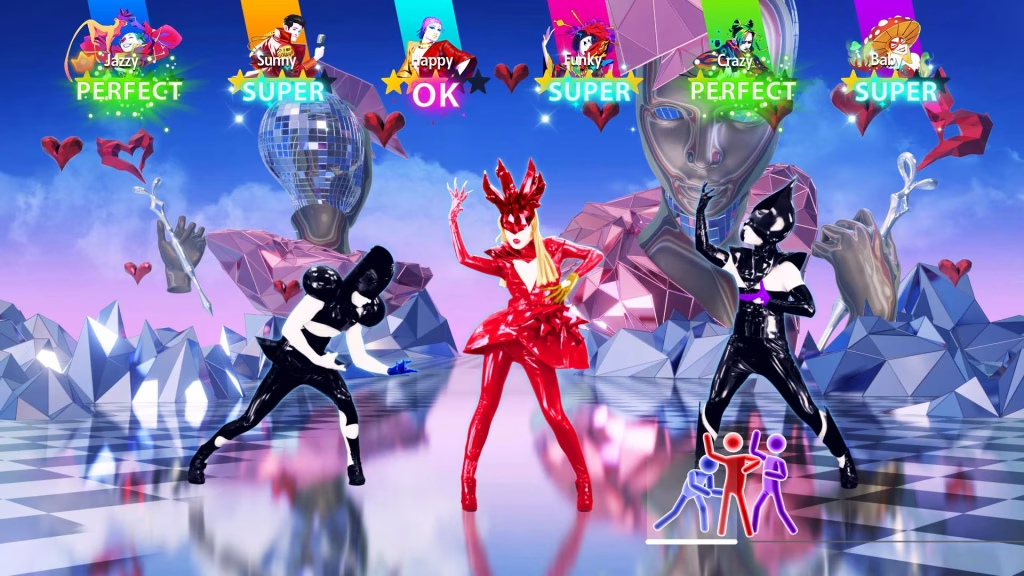
Can you share the story behind Ubisoft’s collaboration with neurodivergent players on Just Dance? What sparked the idea to integrate neurodiversity-focused design into the game?
Over the past four years, Ubisoft has built a strong network of over 600 collaborators as part of its Neurodiversity Employee Resource Group (ERG). The Just Dance team, committed to meaningful representation, actively engages with relevant communities to ensure authenticity in its design choices. When the opportunity arose to feature neurodiversity in Just Dance 2025 Edition, they knew they needed to do it right—and reached out to the Neurodiversity ERG for guidance.
That opportunity came with BANG BANG (My Neurodivergent Anthem) by Galantis—a song inspired by band leader Christian Karlsson’s ADHD diagnosis. Its unapologetic embrace of neurodiversity, combined with its high-energy beat, made it a perfect fit for Just Dance. But the team wanted to go beyond simply adding the song; they aimed to create a gameplay experience that truly reflects ADHD. That’s when Hélène Jeannin, the game’s Creative Content Manager, contacted the Neurodiversity ERG and me. I started by sharing insights on ADHD and how it could be meaningfully represented in Just Dance. From there, we developed a mood board and brainstormed creative directions with the team. To ensure authenticity, I gathered 10 Neurodiversity ERG members to provide direct feedback throughout the process, reviewing choreography, visuals, and the overall feel of the map across three iterations. The result is an experience that not only captures the energy of BANG BANG but also offers a dynamic and empowering representation of ADHD.
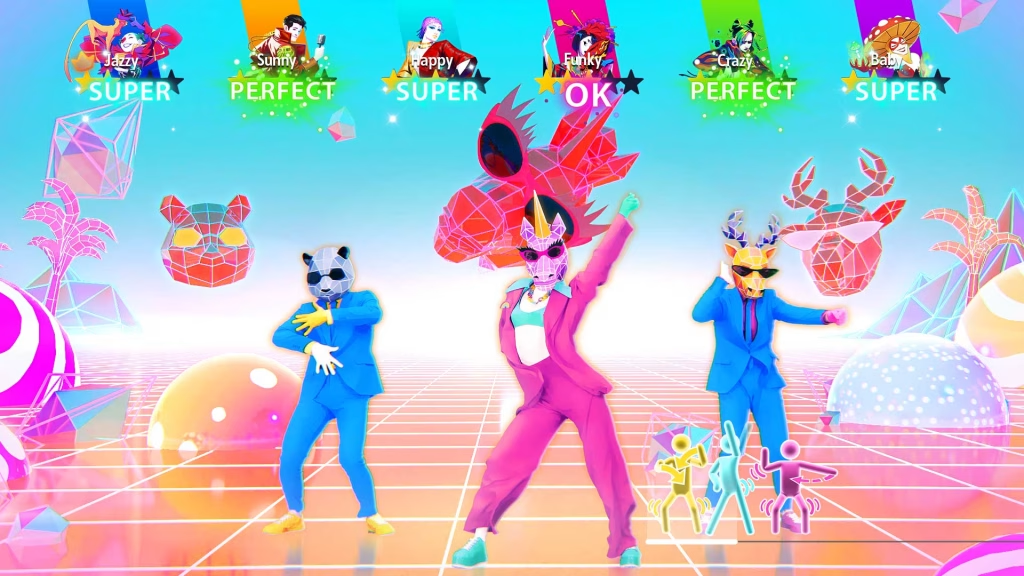
For those unfamiliar, what does it mean to design with neurodivergent players in mind?
Supporting neurodivergent players requires a strong focus on cognitive accessibility, addressing challenges like executive dysfunction, dyslexia, reading difficulties, and sensory overload. Developers can enhance accessibility by incorporating clear mission objectives, customizable maps, navigation assistance, adjustable difficulty settings, and comprehensive tutorials. These features make games more inclusive and enjoyable for wider audiences.
Ultimately, authentic representation of neurodiversity goes beyond avoiding stereotypes—it stems from real experiences, often shared by neurodivergent team members already within your studio.
Just Dance 2025’s inclusion of BANG BANG (My Neurodivergent Anthem) is a great step in representing neurodiversity in video games. What inspired Ubisoft’s Neurodiversity employee resource group (ERG) to get involved, and what were the key goals for this collaboration?
The connection between the Just Dance team and the Neurodiversity ERG was immediate, with the developers ensuring the neurodivergent community was involved throughout the creative process for authentic representation. The team wanted to counter common negative perceptions of ADHD, so they designed a vibrant, celebratory map that conveys neurodivergent experiences through choreography, visuals, and the energy of the song itself. A key moment in the routine features an “unmasking” gesture—symbolizing the process of shedding the social camouflage many neurodivergent individuals adopt to fit into neurotypical expectations. Masking often involves suppressing traits like stimming, adjusting speech patterns, or mimicking social behaviors to avoid stigma. However, unmasking represents self-acceptance and the freedom to exist authentically.
The BANG BANG map on Just Dance 2025 follows a structured journey through ADHD states—inattentive, hyperactive, and hyperfocus. Can you walk us through the significance of each phase and how it reflects real-life ADHD experiences?
The BANG BANG map in Just Dance 2025 represents the fluctuating states of ADHD: inattentive, hyperactive, and hyperfocus. The first phase, “inattentive,” is slow and dreamy, reflecting how individuals with ADHD may experience difficulty focusing. The “hyperactive” phase, with faster choreography and neon visuals, mirrors the restlessness and racing thoughts many experience. Finally, “hyperfocus” phase shows intense concentration, as seen in the robotic dance moves.
Based on your experience, what advice would you give to other game developers looking to make their games more inclusive?
Start by doing your homework. Start researching and getting inspired by real stories. You can often start by leveraging your own team’s diversity and learning from their experiences. Then, make game accessibility central to your concept and design to be inclusive and appeal to a wider audience.
Since video games are an interactive experience, they offer a powerful way to drive empathy and understanding by allowing players to step into someone else’s reality. This can help foster greater acceptance of neurodiversity.
Looking ahead, how do you see neurodiversity evolving in video games? Are there any upcoming trends or technologies you’re excited about?
Looking ahead, I see neurodiversity becoming an essential part of every game. Creativity thrives when diverse minds come together, and game development naturally involves many unique perspectives. Embracing neurodiversity in our teams will unlock the full potential of developers. The next step is ensuring a supportive work environment through assistive technologies that help developers focus on their strengths. I’m particularly excited about advancements in AI-driven tools and adaptive technologies, which can remove barriers and offer personalized support, allowing every developer to shine and contribute their best work.
What’s one message you’d like to share with players, developers, or even parents about the importance of inclusivity in video games?
A video game can be a safe, non-judgmental space that so many people need. It’s where you can experiment, discover, meet, and learn without the fear of judgement. So, displaying all the differences that are part of life is essential. Encouraging intergenerational play – whether between parents and children or friends – can lead to shared discoveries and deeper understanding.

